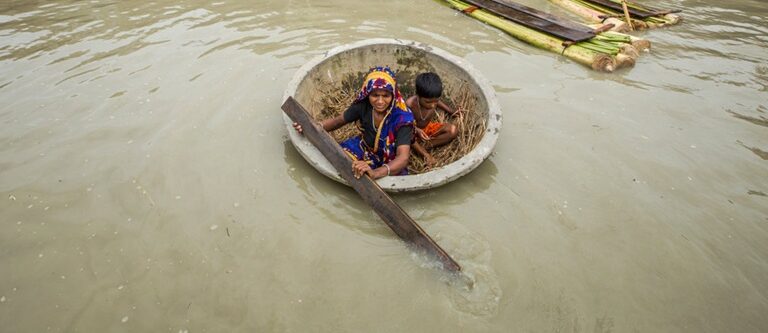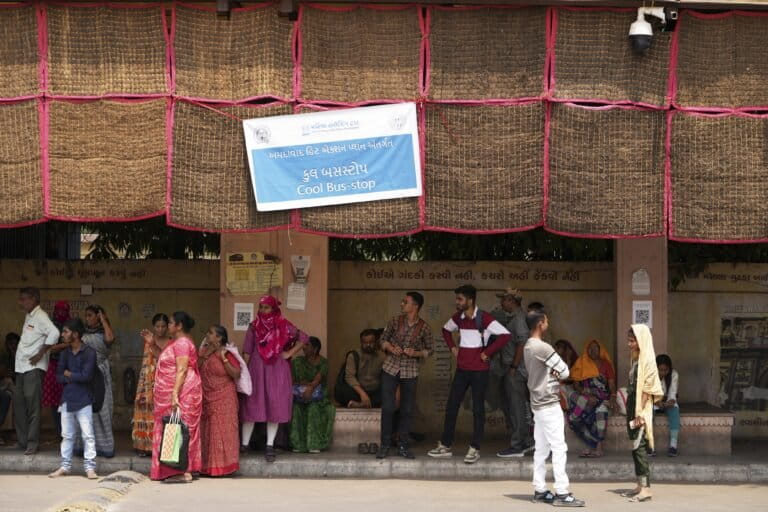- The union cabinet has approved a National Critical Minerals Mission to secure critical minerals essential for energy transition, electric vehicles, and clean technology.
- India faces supply risks due to resource nationalism globally, geopolitical tensions, and heavy import reliance on key minerals such as lithium, cobalt, and nickel.
- The mission aims to boost domestic exploration, overseas acquisitions, recycling, and private sector participation while promoting R&D, trade agreements, and regulatory reforms to ensure a stable critical mineral supply.
As the world’s third-largest consumer of energy, with ambitious clean energy goals, India is stepping up to secure critical minerals essential for its energy transition.
On January 29, the Union Cabinet approved the National Critical Minerals Mission (NCMM) to secure India’s critical mineral needs and strengthen the value chain by focusing on increasing domestic production, acquiring critical mineral assets abroad, recycling critical minerals, mobilising human resources and finance, and more. The government will also undertake 1,200 exploration projects and auction over 100 critical mineral blocks by 2031.
The mission has a financial commitment of Rs. 34,300 crores (Rs. 343 billion) over seven years which includes government expenditure of Rs. 16,300 crores (Rs. 163 billion) and expected investment of Rs. 18,000 crores (Rs. 180 billion) by Public Sector Undertakings (PSU), etc.
Critical mineral resources are unevenly distributed globally, with at least 55% of each identified critical mineral concentrated in just 15 countries. India faces challenges in accessing these minerals due to protectionist policies adopted by resource-rich nations, which prioritise their domestic needs, says Saurabh Priyadarshi, Mining & Metals Business Advisor at Geoxplorers Consulting Services. He explains, “For instance, Indonesia’s export ban on nickel, a key material for electric vehicle (EV) batteries, has disrupted global supply chains, affecting India’s EV and battery production ambitions.”
The rise of resource nationalism in countries like Argentina and Chile further complicates India’s efforts to secure stable supplies through international partnerships, says Priyadarshi, while adding that the NCMM will help India reduce dependence on mineral-exporting nations, fostering self-sufficiency and enabling the monetisation of its resource base.
The NCMM was announced in the July 2024 budget speech and this year, just two days before the 2025 budget was announced, the Cabinet approved the NCMM.
In the latest budget speech, union finance minister Nirmala Sitharaman reiterated the need for mining sector reforms and introduced a policy for recovering critical minerals from mining waste. Sitharaman also announced a basic customs duty exemption on 15 critical minerals. This was in addition to the 25 already identified in the July 2024 budget. Critical minerals have found a mention in previous budget speeches as well. In the February 2024 budget speech, Sitharaman highlighted the emergence of a new global order, citing competition for critical minerals as a key factor.

India’s strategy for securing critical minerals
The NCMM document underscores the importance of critical minerals in achieving India’s Net Zero goals and Nationally Determined Contributions (NDCs), particularly in energy transition. It states, “As the energy transition progresses, there will be increased demand for critical minerals to support the manufacturing of electric vehicles, wind and solar energy projects and battery storage system.”
The mission document also emphasises enhanced efforts to explore critical mineral-bearing blocks in offshore areas and initiate mineral production. Highlighting recent achievements, the NCMM states, “Offshore blocks of polymetallic nodules and crust containing minerals like cobalt, rare earth elements (REE), nickel, and manganese have been explored and put up for auction recently.”
The mission underscores the importance of regulatory support, proposing a fast-track approval process for domestic critical mineral exploration and mining projects. It also aims to increase private sector participation and promote the recovery of critical minerals from alternative sources such as tailings, fly ash, and red mud. To facilitate this, the government plans to relax the regulatory regime and allocate Rs. 100 crores (Rs. one billion) during the mission period.
The NCMM report highlights plans to develop a strategic reserve of critical minerals, with an allocation of Rs. 500 crores (Rs. five billion) for this purpose during the mission period. It also places significant emphasis on research and development (R&D), proposing an allocation of Rs. 500 crores (Rs. five billion) by 2031 to promote domestic R&D. The mission aims to support patent filing procedures for innovators and start-ups while improving coordination among institutions such as the Council of Scientific and Industrial Research (CSIR), Indian Institutes of Technology (IITs), and the Indian Institute of Science (IISc).
Additionally, the NCMM envisions the establishment of Centers of Excellence on critical minerals and fostering global collaboration on R&D, particularly in mineral processing. It states, “Industry-specific need analyses will be conducted periodically to guide efforts in bridging R&D gaps essential for achieving technology commercialisation at scale.”
Sandeep Pai, Director for Research and Strategy of Energy Transition at Swaniti Global, said that the newly introduced Critical Mineral Mission is a step in the right direction, especially with its much-needed emphasis on R&D.

Vulnerabilities and the road ahead
India remains vulnerable to geopolitical tensions and value chain disruptions. Several recent studies have underscored the challenges the country faces in securing critical minerals essential for its energy transition goals.
For instance, a study by the non-profit Institute for Energy Economics and Financial Analysis (IEEFA), published in October 2024, said that India relies heavily on imports for energy transition minerals and their compounds. The report noted that India has a 100% import dependency on lithium, cobalt, and nickel minerals. The IEEFA study further predicted that this reliance will likely persist, as the demand for critical minerals is expected to more than double by 2030, while domestic mining projects could take over a decade to become operational.
Similarly, a December 2024 study by the Takshashila Institution, an independent centre for research and education in public policy, evaluated India’s vulnerabilities in sourcing 30 critical minerals identified by the Ministry of Mines in 2023. The study highlighted six minerals with significant dependency on China: bismuth (85.6%), lithium (82%), silicon (76%), titanium (50.6%), tellurium (48.8%), and graphite (42.4%).
China dominates the global critical minerals market, producing 60% of the world’s rare earth elements (REEs), and controlling nearly 90% of global rare earth processing capacity. Hitanshu Kaushal, a mining consultant, emphasised the need for India to accelerate its mineral exploration efforts. “Australia, rich in raw critical minerals, exports them to China for processing due to its advanced technology. While Australia has made significant strides in mineral exploration, India lags behind. Developing a mining project takes five to eight years, so we must aggressively identify viable mineral resources, enhance exploration, and improve data availability,” he said. Kaushal says he believes that the seven-year timeline for this mission is a much-needed aggressive step.
To address these challenges, the NCMM recommends strengthening trade ties with resource-rich countries. It says, “The government shall aim to enter into Critical Minerals Partnership Agreements (CMPAs) with resource-rich countries.” It also talks about including a chapter on critical minerals in existing trade agreements with countries of interest.
India has established partnerships through initiatives such as the Minerals Security Partnership (MSP), and bilateral agreements with countries like Australia, Argentina, Chile, and a joint venture with Kazakhstan. KABIL (Khanij Bidesh India Ltd), established in 2019, also plays a pivotal role in acquiring critical mineral assets overseas.
On the domestic front, the Geological Survey of India (GSI) has undertaken 368 exploration projects for critical minerals over the past three years, with 195 projects underway in 2024-25 and 227 projects planned for 2025-26.
In 2023, the central government amended the Mines and Minerals (Development and Regulation) Act of 1957 to facilitate the auctioning of 24 blocks of strategic or critical minerals. However, in December 2024, the government cancelled the auction of several critical mineral blocks due to a lack of investor interest.
Priyadarshi said, “The primary deterrent has been the lack of preliminary exploration data, let alone detailed information required for due diligence, technical studies, and financial assessments. Investors are hesitant to commit to mining projects without sufficient data, as these ventures involve significant time and capital, with a higher probability of failure than success.”
Priyadarshi suggested that the mission could address this concern by auctioning only those mining projects that have been explored to a reasonable degree of confidence. This approach would provide investors with the necessary data to make informed decisions, encouraging greater participation in India’s critical minerals sector.
Read more: India advances with deep-sea mining technology
Banner image: An October 2024 IEEFA study found that India remains heavily dependent on imports for energy transition minerals and their compounds. Image by Nagarjun Kandukuru via Wikimedia Commons (CC-BY-2.0).














